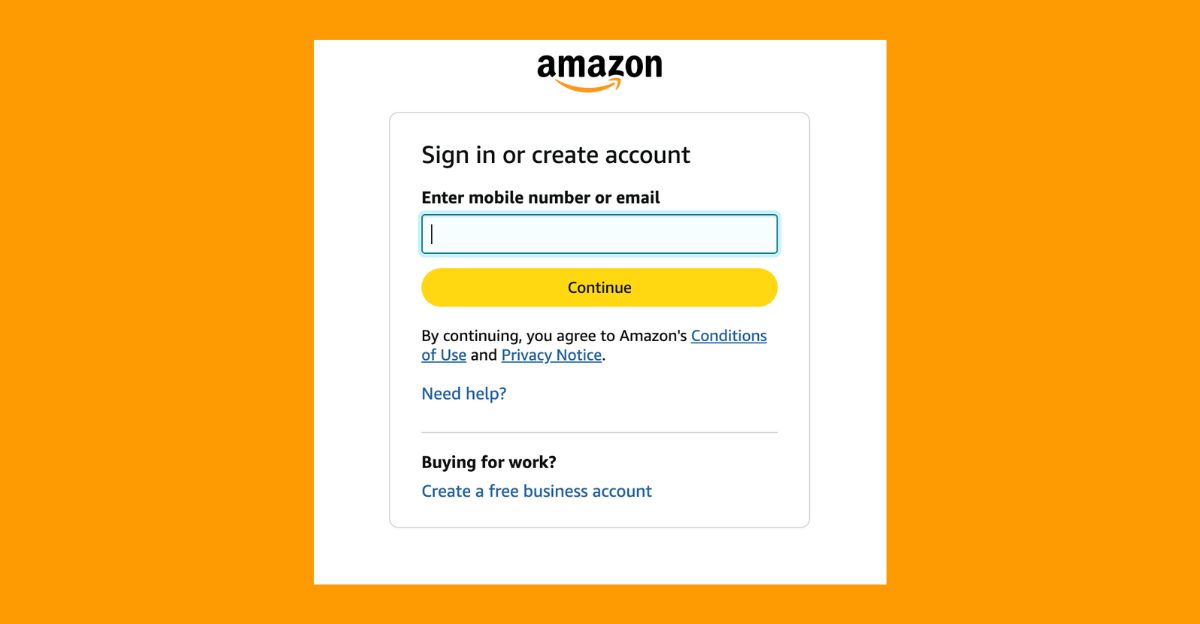
Scary news: scammers have become strategic, mimicking Amazon’s language, timing, and even predicting your choices.
Amazon has reported an 88% rise in scam attempts targeting its Prime members. These aren’t random hacks; they’re psychological operations.
The emails and texts seem real. That’s the point. Millions are falling for them. And the scariest part? You might not even realize you already have.
When Familiar Becomes Dangerous

Scammers aren’t trying to take you by surprise anymore. They’re trying to blend in. A message arrives about a delayed order or refund, and it looks exactly like what you’d expect from Amazon.
The fonts are right. The colors are right. The timing is right. And that’s how they slip right past your instincts.
Why Urgency Always Works

You get a message claiming your account is at risk or a large purchase was made. It says you need to act fast. In that moment, your brain doesn’t analyze; it reacts.
Urgency bypasses logic. It’s one of the oldest psychological tools used in scams and is still incredibly effective.
The Refund You Didn’t Expect

Refund scams are exploding across the U.S. and Europe. You receive a short message that says you’re owed money, with a link to claim it.
Who wouldn’t want a refund? But the link leads to a fake login page. The moment you type your details, the scammer has them.
They Know You’re a Prime Member

Prime members are a dream target. They spend more, shop more frequently, and rely on fast shipping. That constant flow of orders creates the perfect cover.
When a scam message arrives claiming to be about a recent purchase, your brain connects the dots, wrongly, and assumes it must be legit.
Why Your Brain Fills in the Blanks

The human brain is built to spot patterns. If something looks right, we often assume it is. A slightly altered sender address or unfamiliar link should raise alarms, but we don’t notice. The brain sees what it expects to see. That’s what scammers exploit.
Emails That Feel Real

The most dangerous scam messages don’t feel fake at all. They reference recent orders. They contain your name.
They mimic Amazon’s tone perfectly. Some even show fake customer service numbers. When the surface looks legitimate, very few people pause to dig deeper.
The Rise of Short-Link Text Attacks

Text messages using link shorteners are spreading rapidly. Clicking them leads to cloned Amazon websites built to steal your login.
The scammers bet on one thing: that you’re in a rush and won’t notice that the URL is slightly off. Most people never do.
SIM Farms and Scammer Factories

These scams aren’t run by a guy in a basement. They’re industrial. Criminal networks use devices called SIM farms: racks of mobile phones programmed to send thousands of texts per hour. Telecom companies try to block them, but new tactics constantly arise. It’s a billion-message industry.
Amazon’s Official Response

Amazon has publicly acknowledged the threat and advised customers to stay vigilant. While the scams happen outside its platform, the company is heavily investing in education, detection, and working with law enforcement. It knows that trust is everything. And once it’s broken, it’s hard to rebuild.
What Happens When You Click

The scam doesn’t end with you logging into a fake site. If you reuse passwords, the attackers now have access to multiple accounts.
Many fake pages also ask for payment details, social security numbers, or verification codes. In just one click, your entire digital life can unravel.
The Cost of One Mistake

Once scammers have your data, they can drain your bank account, hijack your Amazon account, and impersonate you in other places.
They might stack purchases, change your shipping address, or use the information from your saved credit cards. And because it all looks like something you did, detection is frequently deferred.
The Tricks That Bypass Filters

Scammers are getting more creative to bypass detection. Instead of misspelled domains, they now use seemingly real links hidden behind redirects.
They avoid spam filters by constantly changing marketing copy. Even with heavy security, these attacks continue to slip through because they exploit human psychology, not just technology.
Amazon’s New Tools to Help You

To help protect users, Amazon has introduced verified message icons for popular email providers like Gmail and Yahoo.
If an Amazon email is legitimate, you’ll see a trusted smile-logo badge. It’s a small but powerful way to distinguish real from fake in your inbox.
What You Can Do Right Now

The best defense is caution. Type web addresses manually rather than clicking links. Use longer more complex passwords for every account.
Activate your two-factor authentication in as many places as possible. If a message seems off, even only slightly, delete it. Even the smartest people get tricked when they react too quickly. So don’t. Slow down, and stay safe.
